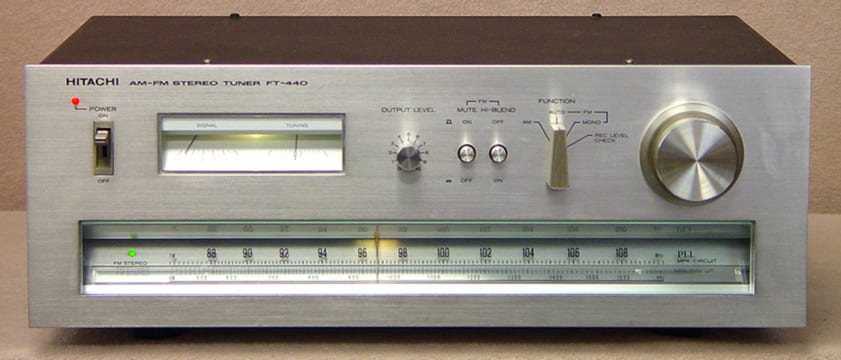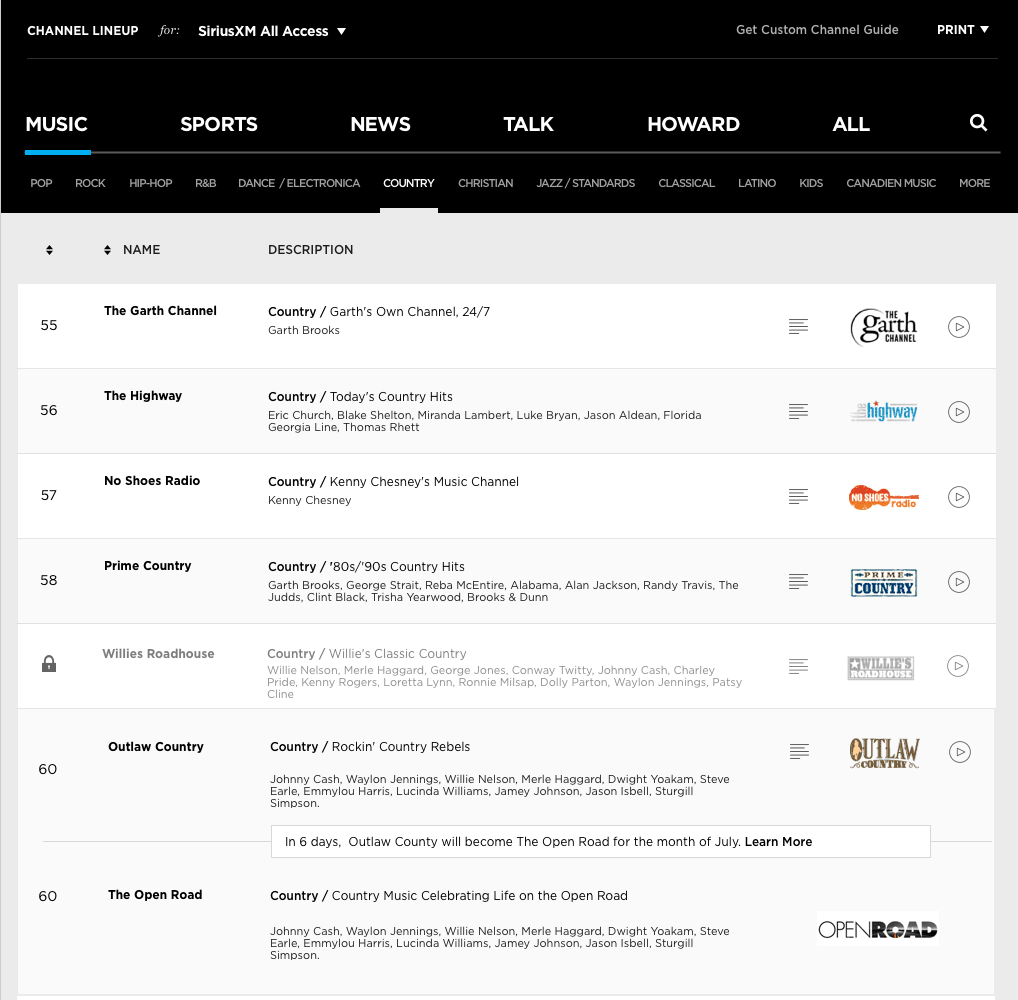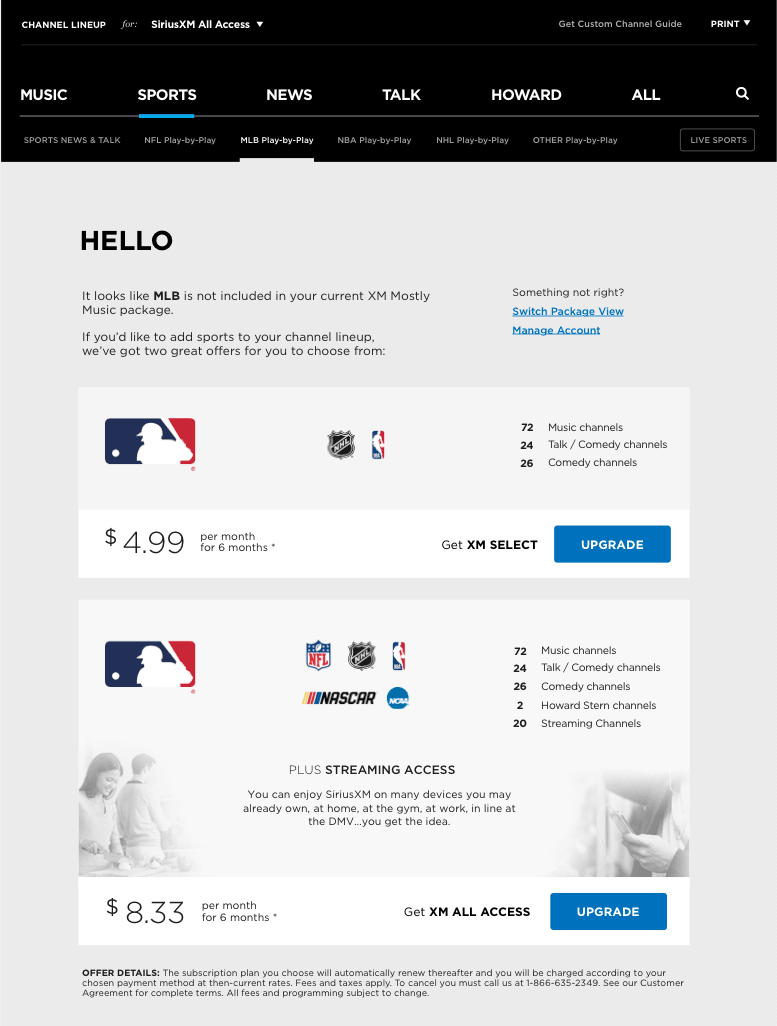Initially when taking on a redesign of SiriusXM’s channel guide, I thought it would be a relatively straight-forward lay-up. How complicated could it be? It’s just a list of channels.
In actual practice, it turns out the channel guide mediates some of the most complicated and important parts of the SiriusXM value chain. From helping new users convert to subscribers, to helping existing subscribers find a show or sports event to tune into, the channel guide plays a central role in the SiriusXM experience.
At its most simplest description, the problem was about helping users process a large amount of complex information. To that end, I made a successful argument to build and test with a real HTML prototype which gave us rich insights into user patterns.







